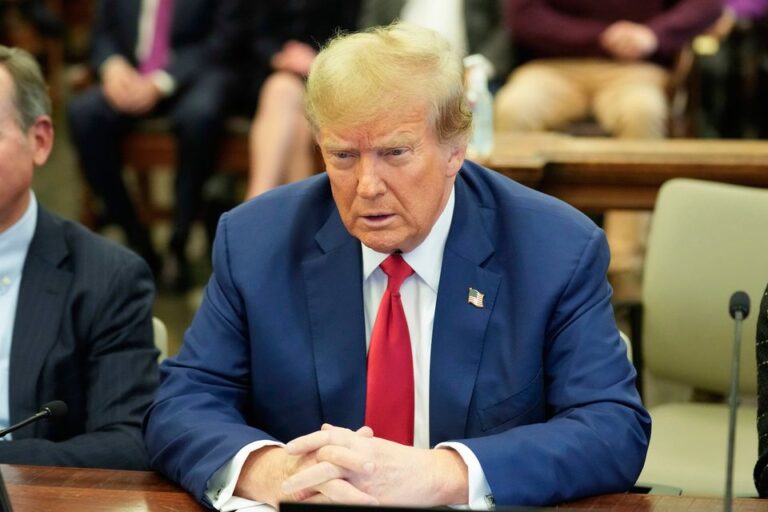
Protesters clash with police over social media ban in Nepal. EPA/NARENDRA SHRESTHA
By Daisy Okiring
Nepal witnessed its deadliest unrest in decades on Monday, September 8, after mass protests led largely by Generation Z escalated into violent clashes with police in Kathmandu.
The demonstrations began after the government announced a sweeping ban on 26 social media platforms — including Facebook, Instagram, WhatsApp, and YouTube. The move, officials argued, was meant to curb fake news, hate speech, and online fraud. But for millions of young people, the ban represented something far deeper: a threat to free speech and an attempt to silence growing anger over corruption.
Thousands of protesters stormed the Federal Parliament, chanting anti-government slogans and demanding Prime Minister K.P. Sharma Oli’s resignation. Police responded with tear gas, water cannons, rubber bullets — and, in several instances, live ammunition. By nightfall, at least 19 people had been confirmed dead, with hundreds more injured.
Hospitals in Kathmandu were overwhelmed. The National Trauma Center reported eight deaths from gunshot wounds, while Civil Service Hospital confirmed three more fatalities. Doctors said emergency wards were overflowing with young protesters suffering from bullet and shrapnel injuries.
The unrest also spread to other parts of the country. In Itahari, eastern Nepal, two more demonstrators were killed after authorities imposed a curfew.
Youth anger fuels mass demonstrations
While the official trigger was the ban on social media, many protesters insisted the real issue was systemic corruption and decades of political instability.
“Rather than [the] social media ban, I think everyone’s focus is on corruption. We want our country back. We came to stop corruption,” protester Sabana Budathoki told the BBC.
Placards carried by demonstrators read “Unban Social Media” and “Shut Down Corruption, Not Free Speech.” Hashtags such as #nepokids and #nepobabies — targeting the privileges of politicians’ children — trended online, amplifying frustrations with inequality.
Read More: Joseph Kabila treason trial deepens DRC’s political uncertainty
Analysts say the protests highlight the alienation of Nepal’s youth, many of whom feel excluded from economic opportunities while elites enrich themselves. Since abolishing the monarchy in 2008, Nepal has cycled through 14 governments in 16 years — none completing a full term. This political instability, coupled with rising unemployment, has left young people particularly disillusioned.
“This is the protest of a new generation in Nepal,” one teenage demonstrator said, noting that he joined the march in his school uniform to emphasize the role of students.

Government retreats as minister resigns
In response to the bloodshed, the Nepal government convened an emergency cabinet meeting late Monday. Communications Minister Prithvi Subba Gurung announced that the social media ban would be rolled back gradually “to address the demands raised by Gen Z.”
Home Minister Ramesh Lekhak resigned shortly after the announcement, saying he was taking “moral responsibility” for the loss of life. His departure marked the first major political casualty of the crisis.
Prime Minister Oli, however, stopped short of admitting wrongdoing. While expressing sadness at the deaths, he claimed “vested interest groups” had infiltrated the protests and escalated the violence.
Read More: Sudan army drone strike kills at least 12 in Darfur
On the ground, the Nepal Army patrolled the streets of Kathmandu to enforce curfews and prevent further clashes. But many fear that the violence has already opened a new chapter in Nepal’s turbulent political history.
Doctors in the capital warned that the death toll could rise as hospitals continued to treat dozens of critically injured protesters. Human rights groups condemned the use of live ammunition against largely unarmed demonstrators, calling for accountability.
For many young Nepalis, the events of September 8 are a defining moment. What began as outrage over a digital blackout has transformed into a generational demand for systemic change — one that could reshape the country’s future.



